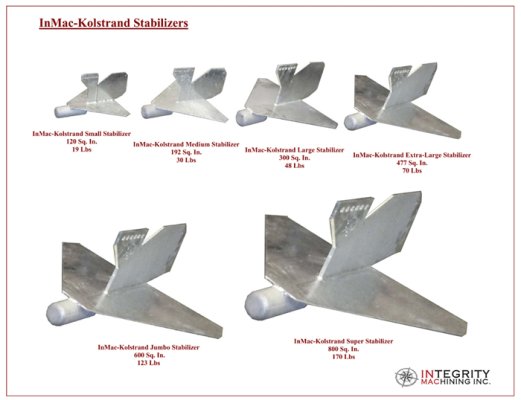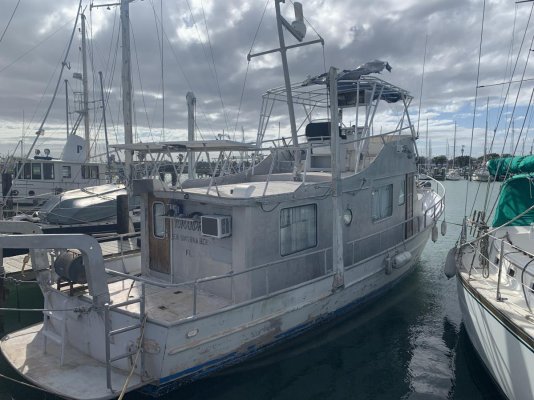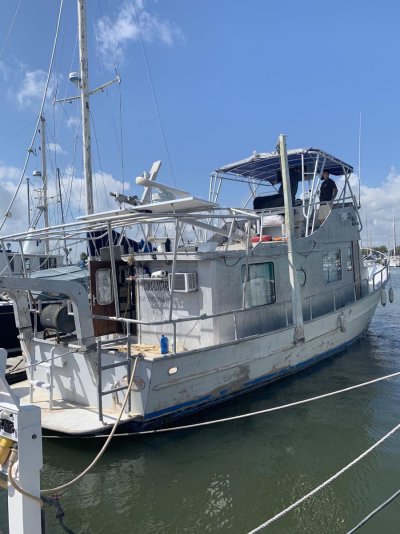Hmmm so it’s sounding like it would be a run either or thing, at least If that’s what I decided to do. And I would be able to run the gyro stabilizer off of my alternators and inverter or have a 12 or 24v gyro so while underway I wouldn’t need to run a generator unless Im at anchor, so that would be a plus. I Don’t see the power requirement from the alternators for gyro being any worse than the speed reduction and or power increase needed to maintain a certain speed for the paravane stabilizers, in fact I bet if we really did the math I bet it would be almost the same. Pretty much any way you are cutting it you are converting diesel fuel Into comfort. Kinda figured paravane stabilizers would be used when on the hook for long periods of time with flopper stoppers or when the weather gets to rough for the gyro to be safe, I was hoping using the paravane stabilizers in conjunction with the gyro would make it more comfortable, and safer by the gyro taking some of the load off the rigging for the paravane and give it an extra safety factor so to speak. Hmmmm yes I have read a bunch of his work, but I do have to disagree with some of what he said at least to some extent. And keep in mind I do like a lot of his work but in that statement I believe he is wrong.. Any reduction degree wise in roll is making the boat safer by making it that much harder to get to the point of vanishing stability, now the statement he should have said was all stabilizing systems do not change the boats inherent stability(a boat that will capsize at 65 degrees will always tip over at 65 degrees no matter the stabilizing system) but when The stabilization system is in service it will make the boat more stable by reducing roll and thereby making it harder for the boat to reach the point of vanishing stability.... at least that’s what I get from all the research I’ve read on the subject and I’ve read a lot, not saying I’m right but this is where the research has taken me. Now as for what I’m truly worried about would be heavy weather stuff where if my paravane system failed if it got rough enough I’d probably have to turn off my gyro as well since they don’t do so well in the extremes from the research I’ve done. And with knowing that my boat would not survive what a full displacement boat would and more than likely would not right itself if nocked down or rolled, would that be an acceptable risk? Now I do have options like speed that a full displacement boat would not have, and even to the pins on my boat I still should have over a 1000 mile range so other than for small fast moving storm systems I should be able to outrun most of the bigger systems.



